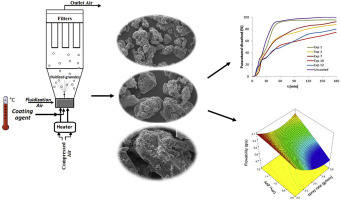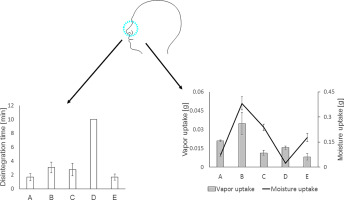- Home
- Blog
- News
- Basics
- Sources
- Agencies, Regulatory & Organisations
- CERSI Excipients Browser
- Excipient Report
- Excipient DMF List
- EXCiPACT Certified Companies
- Excipient Documentation
- Excipient EINECS Numbers
- Excipient E-Numbers
- FDA Inactive Ingredient List
- FDA GRAS Substances (SCOGS) Database
- IPEC Americas
- USP - U.S. Pharmacopeia
- Definitions
- Whitepapers / Publications
- Supplier
- Services
- Media
- Events
- 1st pharmaexcipients Poster Award
- Event Calendar
- Events featured by pharma-excipients
- 4th Annual Formulation & Drug Delivery Congress
- DDF Summit
- ExcipientFest Americas
- ExcipientFest Asia
- Global CompliancePanel
- International Conference and Exhibition on Pharmaceutics & Novel Drug Delivery Systems
- Formulation & Drug Delivery USA Congress
- Laboratory Medicine 2018
- Making Pharmaceuticals Europe
- Making Pharmaceuticals Exhibition
- Pharma Integrates
- PharmaExcipients China @CPhI China
- TTC Technology Training Center
- Jobs
- Online Sourcing
- Contact
02. June 2018
The aim of the study is the evaluation of the impact of glyceryl ester surfactants on cell permeating properties of SEDDS (self-emulsifying drug delivery systems). Methods SEDDS containing the glyceryl ester surfactants polyglyceryl-3-stearate (TGlysurf9), polyglyceryl-5-oleate (TGlysurf11.5) and glyceryl stearate citrate (TGlysurf12) were prepared and characterized regarding droplet size and zeta potential. Toxicity studies were performed on Caco-2 cells using resazuring assay. The...
26. May 2018
Hot-melt coating is a novel and cost-effective solvent-free coating technique. Commonly used excipients for hot-melt coating are lipid substances. In this work, modified fluidized-bed system was applied for coating, and additional components were used to melt and convey the excipient to the fluidized-bed apparatus. Granules containing 20% (w/w) paracetamol were coated with Precirol® ATO 5 at 9.1% (w/w) coating level. The aims of this study were to define a relationship between the three...
13. March 2018
Mannitol/sucrose formulations are employed to generate lyophilizates for biopharmaceuticals with an elegant cake appearance. The aim of this study was to dry protein/mannitol/sucrose formulations as fast as possible without loss of cake appearance and protein stability. Glycerol was included as potential additional protein stabilizer. Three proteins (lysozyme and two monoclonal antibodies) at low and high concentration were analyzed comparing fast with conservative freeze-drying.
16. January 2018
This present study intended to provide nasal adhesive formulations for the topical treatment of dry nasal syndrome. Mucoadhesive films were prepared according to solvent evaporation method consisting of well-known polymers such as gellan and carboxymethyl cellulose. Mucoadhesive films (A–E) were evaluated in respect to their physicochemical properties, stability, disintegration behavior and tensile strength.
04. December 2017
he use of inkjet printing (IJP) technology enables the flexible manufacturing of personalized medicine with the doses tailored for each patient. In this study we demonstrate, for the first time, the applicability of IJP in the production of edible dosage forms in the pattern of a quick response (QR) code.





